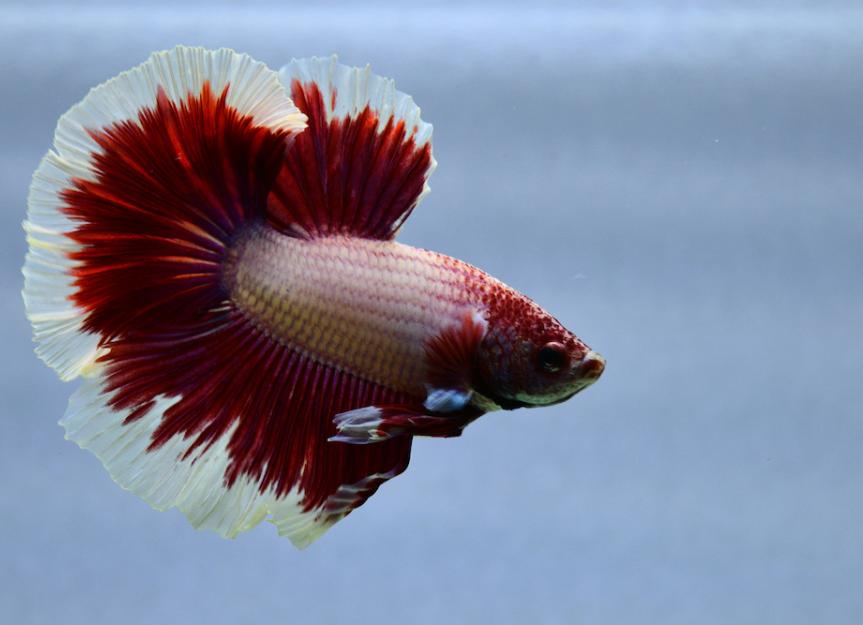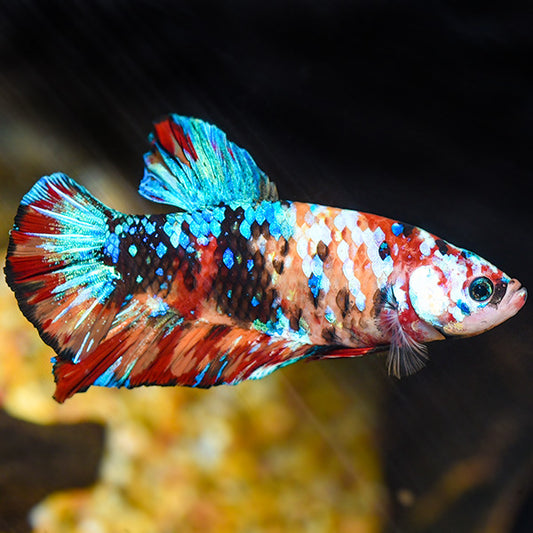Typical Betta Fish Conditions and Exactly How to stop Them
Typical Betta Fish Conditions and Exactly How to stop Them
Blog Article
Just How to Reproduce Betta Fish Successfully: Expert Methods and Insights for Hobbyists Wanting To Broaden Their Betta Collection
Reproducing Betta fish requires a nuanced understanding of genes and environmental problems, making it crucial for hobbyists to approach the procedure with both diligence and care. Creating an ideal reproduction environment, selecting the right pairs, and observing the ins and outs of their courtship behaviors are fundamental actions that can substantially affect the outcome. Furthermore, the succeeding care of the fry is critical for ensuring their healthy and balanced advancement. As we explore these key elements, it becomes clear that successful reproduction is not just regarding the initial pairing however encompasses a broader strategy that qualities careful factor to consider.
Comprehending Betta Fish Genetics
Comprehending the genetics of Betta fish is important for successful breeding, as it influences qualities such as shade, fin shape, and habits. Betta fish display a diverse array of colors and patterns, largely identified by their hereditary make-up. The primary genetics in charge of pigmentation consist of the "B" gene for blue, "D" genetics for red, and the "C" gene for color intensity. Breeders can manipulate these attributes by choosing particular moms and dad fish that exhibit wanted qualities.
In addition to coloration, fin morphology is another considerable aspect of Betta genes (betta fish). The sizes and shape of fins are influenced by different genes, consisting of those that figure out whether the fins are brief, long, or veil-shaped. Understanding these genetic variations helps dog breeders anticipate the phenotypic results of their spawn
Additionally, behavior traits such as aggression and territoriality can additionally be affected by genes. These behaviors play a vital role in the breeding procedure, as they can affect generating success and the total temperament of the resulting fry. By adequately comprehending these hereditary principles, dog breeders can make informed decisions, eventually boosting their reproduction programs and attaining desirable outcomes.
Preparing the Breeding Environment
Creating an optimum reproduction setting is essential for the successful reproduction of Betta fish. The initial action in preparing this environment is to pick a suitable reproduction container, preferably ranging from 5 to 10 gallons. This dimension enables enough swimming room and the establishment of areas. The tank must be furnished with a heating unit to keep a steady temperature level between 78 ° F and 80 ° F, which is crucial for motivating spawning actions.
Next, consider the usage of a sponge filter or an air stone to provide mild water circulation without producing strong currents that can emphasize the fish. It is important to set up plants or reproducing cones to use hiding places and advertise comfort for the woman during the spawning process. Drifting plants, such as Java moss or water sprite, can additionally produce an extra natural surroundings while assisting in bubble nest building by the man.
Prior to introducing the reproducing sets, make certain the water is conditioned and devoid of unsafe chemicals, such as chlorine or hefty metals. betta fish. Routine water adjustments should be carried out to keep optimal water high quality, improving the chances of effective reproduction. With these preparations in location, the breeding anchor atmosphere will certainly support the health and wellness and well-being of both Betta fish
Picking Reproduction Pairs
Picking the appropriate breeding pairs is vital for achieving successful Betta fish reproduction. Healthy Betta fish show vivid colors, clear eyes, and active actions.
Temperament is another vital consideration, as Betta fish are recognized for their hostile nature. It is recommended to select a male and female that display compatible personalities to minimize tension throughout the breeding process. A calm male can motivate a smoother courtship, while a female that is too hostile may disrupt the process.
Hereditary history additionally plays a considerable function in the top quality of the offspring. Reproducing fish that are genetically diverse can lower the danger of hereditary health and wellness problems and enhance the general vigor of the fry. It is useful to look into the lineage of both the male and female, concentrating on preferable characteristics such as fin kind, color patterns, and dimension.
The Reproduction Refine
The reproduction process of Betta fish calls for mindful planning and interest to use this link detail to make sure a successful result. It is important to prepare a suitable reproduction storage tank, preferably a 5-10 gallon fish tank with a temperature level kept at 78-80 ° F. The storage tank must be outfitted with a heating unit, filter (preferably sponge type to prevent strong currents), and lots of marine plants for the lady to hide.
When the atmosphere is established, introduce the picked reproducing set to the container, enabling them to adapt. Observe their behavior; the male will show sophisticated courtship routines, consisting of flaring his fins and constructing a bubble nest. If the female reveals interest, she will show vertical stripes showing preparedness for spawning.
When the lady is receptive, the set will engage in a breeding embrace, during which the male fertilizes the eggs. Maintaining ideal water conditions throughout this duration is essential for the advancement of healthy and balanced Betta fry.
Caring for Betta Fry

Feeding Betta fry is critical, as they need a diet regimen high in protein. They can be fed infusoria or liquid fry food, transitioning to finely smashed high-quality pellets as they grow. Feed tiny sections multiple times a day to motivate healthy and balanced development without overloading the container with leftover food.

As they grow, check visit this web-site their growth closely and separate any type of aggressive people to stop injury. By supplying a supporting setting and proper nourishment, enthusiasts can efficiently elevate Betta fry right into vibrant, healthy and balanced fish, inevitably improving their reproduction ventures.
Final Thought
Successful Betta fish reproduction calls for thorough focus to hereditary option, ecological problems, and take care of the fry. By recognizing the genetics of Betta fish and preparing a proper reproduction environment, hobbyists can improve the possibilities of creating lively, healthy offspring. Selecting suitable reproduction pairs and carefully keeping track of the courtship and generating procedures are vital. Supplying optimum care for the fry guarantees their healthy and balanced growth, adding to a thriving Betta collection.
Report this page